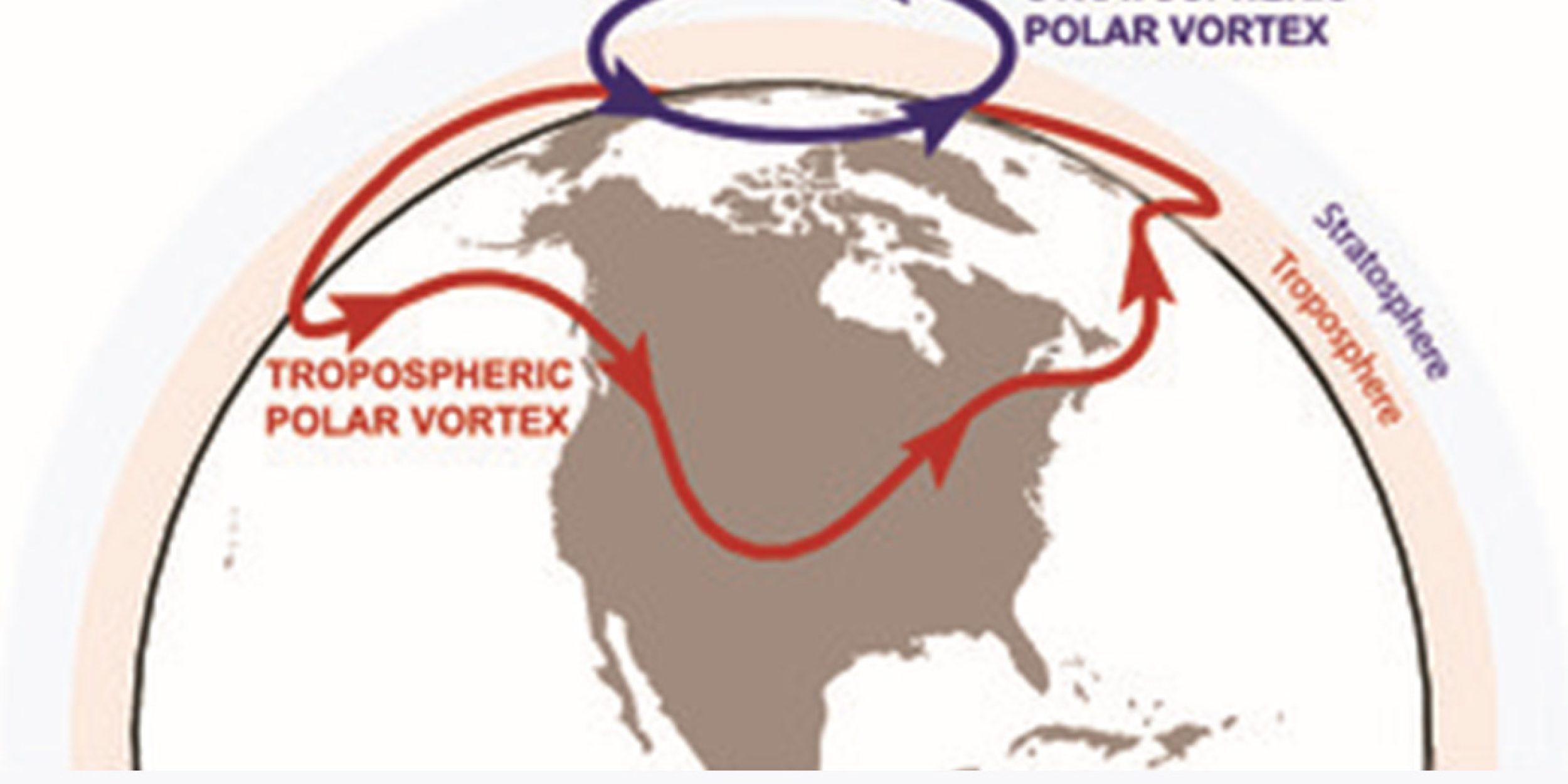In pursuit of more accurate climate projections to empower communities in adapting to the socio-economic impacts of a changing climate, a comprehensive research project is being led by Amy Butler, a Research Physicist at NOAA Chemical Sciences Laboratory. The focal point revolves around mitigating uncertainties associated with over-land temperature and terrestrial precipitation extremes, particularly within the framework of the intricate large-scale atmospheric circulation, specifically the stratosphere-troposphere coupling (STC).
STC, acknowledged for its increasing significance in providing enhanced predictive skill for surface weather extremes and tropospheric climate, presents challenges due to its inherent noise and uncertainties regarding the future evolution of the stratospheric polar vortex, especially in the Northern Hemisphere. This uncertainty contributes significantly to the overall uncertainty in regional extratropical climate projections over multiyear to centennial timescales.
The proposed project outlines a strategic approach, utilizing the 30-member NOAA SPEAR Large Ensemble (LE), other ensembles, CMIP6, and CCMI-2022 simulations. The primary objectives include developing diagnostics to assess the fidelity of STC processes in historical coupled climate models, quantifying uncertainties in climate scenarios, and establishing emergent constraints for stratospheric processes. The aim is to partition uncertainties into internal, model, and scenario-type categories, paving the way for a more nuanced understanding of the intricacies involved.
By participating in the MAPP Climate Futures competition, this project aligns with NOAA’s responsibilities as outlined in the National Climate Program Act. It evaluates the impact of climate change on surface circulation, temperature, and precipitation – critical factors affecting human health and water resources. The project’s multifaceted objectives, encompassing model performance assessment and the development of constrained projection uncertainty, contribute to improving climate forecasts. This, in turn, informs future model development, reinforcing NOAA’s commitment to fulfilling its mandated responsibilities and advancing our understanding of climate dynamics.
Funding for this project is provided by the NOAA Climate Program Office, MAPP program.



